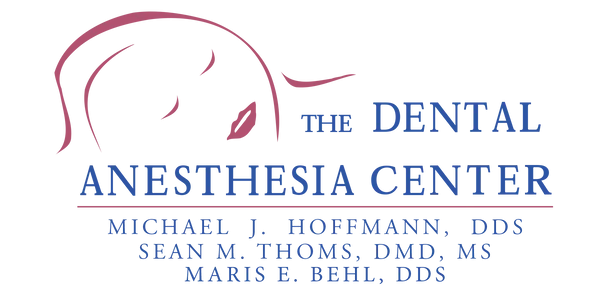So what is the truth about fluoride? It’s essential to take a look at science-based answers to the questions you may have.
Over the years, misinformation and confusion have spread about fluoride. Many people are concerned that fluoride is toxic. For decades, the media has portrayed fluoridation and fluoride products as hazardous waste and as being part of an industrial pollution scheme.
So what is the truth about fluoride? It’s essential to take a look at science-based answers to the questions you may have.
What is Fluoride and How Does it Protect Teeth?
First of all, what is fluoride? Fluoride is a mineral that comes from fluorine, a natural, common, and abundant element. It is naturally found in water sources, such as rivers, lakes, and even in oceans. It is also naturally present in some foods, like spinach, potatoes, grapes, raisins, and wine. Fluoride is added to some dental products such as toothpaste and mouth wash.
The second question is: how does fluoride aid in protecting teeth? Before your teeth erupt through the gums, fluoride is absorbed through food to make tooth enamel when you are a baby. Enamel is the tooth’s hard surface; fluoride makes enamel stronger and makes it easier to resist tooth decay.
After our teeth erupt, fluoride continues to rebuild weakened enamel and can even reverse the early tooth decay stages. When you brush your teeth using toothpaste with fluoride, the fluoride is topically applied to your teeth, and the benefit is stronger tooth enamel.
What is Water Fluoridation and Is it Safe?
Water fluoridation is the addition of fluoride to drinking water. The goal is to increase the natural fluoride level up to the appropriate level that helps prevent cavities. Since 2012, approximately 75% of the U.S. population receives fluoridated water.
Is it safe? The answer simply is, yes, fluoridation is safe, healthy, and effective. With more than 70 years of scientific research, thousands of studies, and the experience of over 200 million Americans, we know that fluoridation is safe for children and adults and that it is effective at preventing cavities.
It’s important to note that the fluoride in the water we drink is at the recommended level and is not toxic. Fluoride is only toxic when consumed in large doses. It is essential to know the difference between the effect of a massive dose of fluoride versus the fluoride levels found in water, toothpaste, and other dental products.
What is Dental Enamel Fluorosis?
Dental fluorosis occurs when younger children consume too much fluoride over long periods of time when the teeth are developing under the gums. Once teeth erupt from the surface of the gums, fluorosis cannot develop. Faint white lines or streaks appear on the teeth as an indicator.
According to the CDC, approximately 2% of the 23% of people who had dental fluorosis between 199-2004 had moderate dental fluorosis, and less than 1% had severe dental fluorosis.
What if You Have More Questions?
If you have questions or concerns about the use of fluoride for yourself or a loved one, ask your dentist for more information. At The Dental Anesthesia Center, we value our patient relationships, making it our priority to deliver the gentle dental care that you deserve from sedation dentists in St. Louis. We would be glad to answer any of your questions, and we look forward to meeting you when you schedule an appointment.
Call Us Today
The first two board-certified Dentist Anesthesiologists in the state of Missouri.
